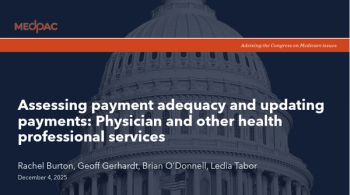
Blimey! UK study finds AI improves maternity care outcomes
Key Takeaways
- AI and CDSS tools improve pregnancy outcomes by 1.69 times, as shown in a meta-analysis of over 5.2 million pregnancies.
- The UK government prioritizes digital transformation in the NHS, with CDSS playing a crucial role in improving care and reducing costs.
A meta-analysis of UK-based research found that women get better pregnancy care when AI and clinical software tools are used in maternity settings
A meta-analysis of research from the UK found that women are more likely to receive better care during pregnancy when AI and clinical software tools are used in maternity settings. Published in
For U.S. doctors, this adds weight to the growing interest in digital transformation within health care, particularly as the use of AI tools like CDSS becomes more common. In the UK, the government has made digital transformation of the National Health Service (NHS) a priority to improve care and reduce costs, and CDSS is expected to play a key role.
Neil Cockburn, a Health Informatics Research Fellow at the University of Birmingham and the study’s lead author, emphasized the pressure on
The study reviewed CDSS tools used in 49 high-income and 38 low- and middle-income countries, revealing that although outcomes varied, most implementations showed improvements in maternity care. For example, a trial at Bristol University supported women in deciding whether to attempt a vaginal birth after a cesarean, reducing overall c-section rates. Another study involving a risk-prediction model for ectopic pregnancy, supported by Tommy’s National Centre for Miscarriage Research, demonstrated how CDSS can improve triage and safety in high-risk situations.
The study underscored the importance of context-specific implementation of these systems. It is the first of its kind to systematically review CDSS tools in maternity care, offering insights that could guide clinicians, developers, and researchers in the U.S. as they explore the use of AI to improve maternal and fetal outcomes. This could mark a significant step toward reducing maternal and infant mortality rates in the U.S., where these rates remain higher than in many other developed countries.
Newsletter
Stay informed and empowered with Medical Economics enewsletter, delivering expert insights, financial strategies, practice management tips and technology trends — tailored for today’s physicians.















